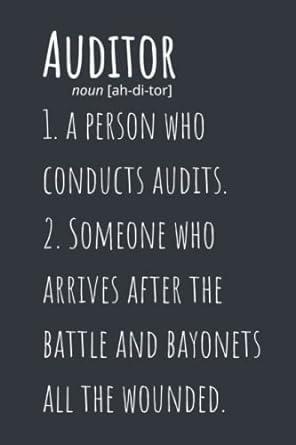Question
The most recent data from the annual balance sheets of East India Inc. (EII) and Volition Corporation. are given. Balance Sheet For the Year Ending
The most recent data from the annual balance sheets of East India Inc. (EII) and Volition Corporation. are given.
Balance Sheet For the Year Ending on December 31 (Millions of dollars)
| EII | Volition | EII | Volition | ||
|---|---|---|---|---|---|
| Assets | Liabilities & Equity | ||||
| Current assets: | Current liabilities: | ||||
| Cash | 287 | 184.5 | Accounts payable | 0 | 0 |
| Accounts receivable | 105 | 67.5 | Accruals | 63.2813 | 0 |
| Inventories | 308 | 198 | Notes payable | 358.5938 | 337.5 |
| Total current assets | 700 | 450 | Total current liabilities | 421.875 | 337.5 |
| Net fixed assets: | Long-term bonds | 515.625 | 412.5 | ||
| Net plant and equipment | 550 | 550 | Total debt | 937.5 | 750 |
| Common equity | |||||
| Common stock | 203.125 | 162.5 | |||
| Retained earnings | 109.375 | 87.5 | |||
| Total common equity | 312.5 | 250 | |||
| Total assets | 1,250 | 1000 | Total liabilities and equity | 1,250 | 1000 |
Volitions current ratio is and its quick ratio is , whereas EIIs current ratio is , and its quick ratio is .
Which of the following statements are true? Check all that apply.
East India Inc. (EII) has a better ability to meet its short-term liabilities than Volition Corporation.
A current ratio of 1 indicates that the book value of the companys current assets is equal to the book value of its current liabilities.
An increase in the quick ratio over time usually means that the companys liquidity position is improving.
As compared to Volition Corporation., East India Inc. (EII) has lesser liquidity and relatively greater reliance on outside cash flow to finance its short-term obligations.
An increase in the current ratio over time would always mean that the companys liquidity position is improving.
One of the most important assumptions behind the calculation of quick ratio is that:
The firms inventories are highly liquid and can be sold quickly with minimal loss of value to assist in the settlement of the firms financial obligations
The firms accounts receivables can be collected and converted into cash within the time period for which credit was granted
The firms accounts receivables will be collected late (after the expiration of the credit period) or are uncollectible
Step by Step Solution
There are 3 Steps involved in it
Step: 1

Get Instant Access to Expert-Tailored Solutions
See step-by-step solutions with expert insights and AI powered tools for academic success
Step: 2

Step: 3

Ace Your Homework with AI
Get the answers you need in no time with our AI-driven, step-by-step assistance
Get Started


